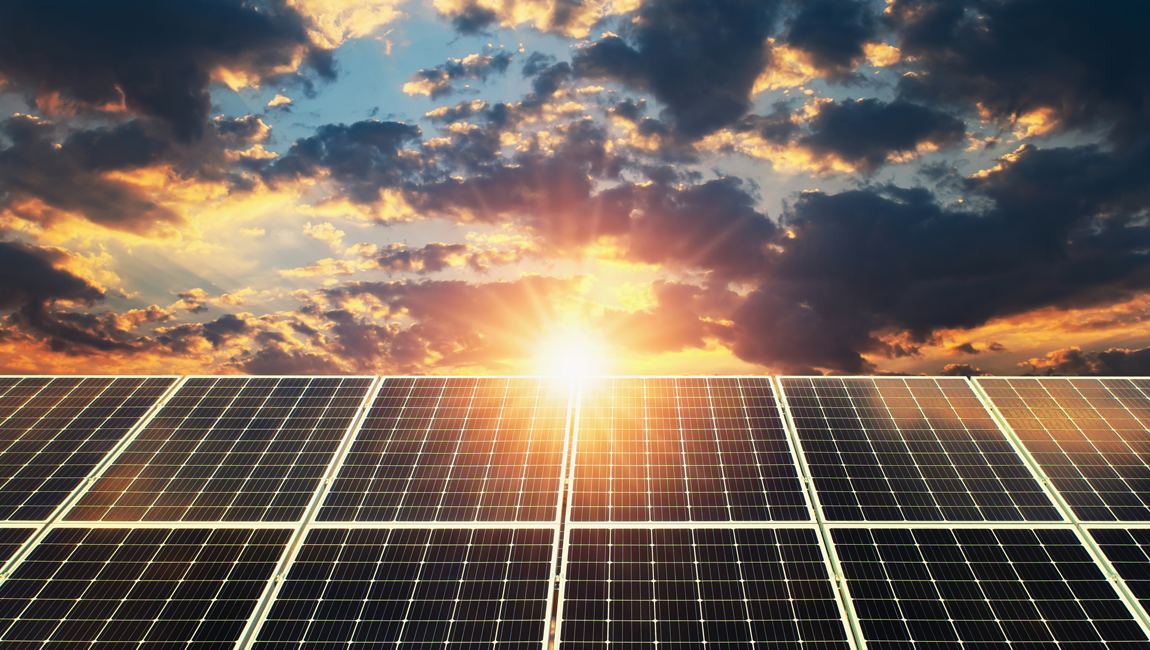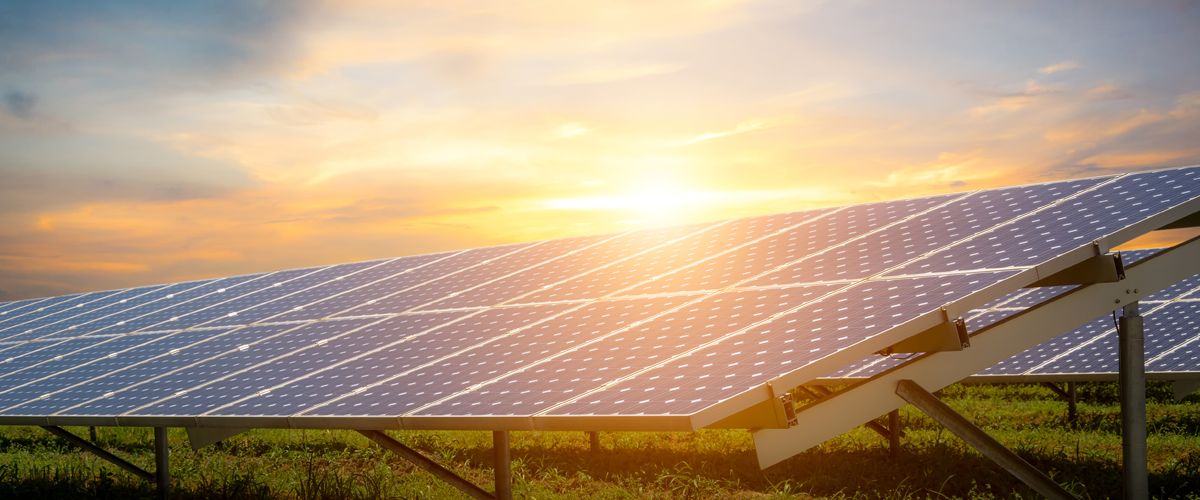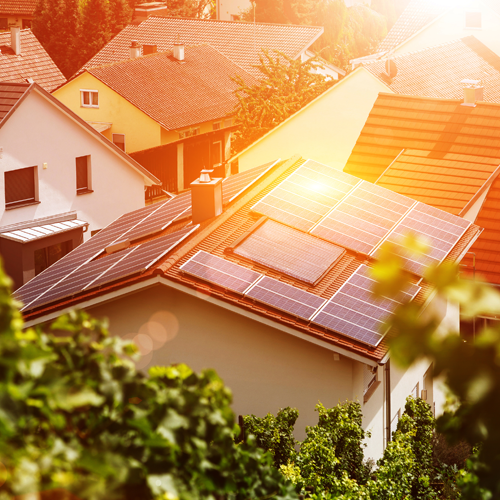Solar energy: how does it work? Is it renewable?

Not all sources of renewable energy are created equal. As the cleanest and most readily available type of renewable energy, solar energy is one of the best renewable sources. The definition of solar energy is energy harnessed from the sun that is then converted into electricity or heat. This is accomplished through a range of evolving technologies, and the captured or converted energy is then used to meet a variety of everyday needs: lighting our homes, heating our water, warming up our office spaces, and powering small electronic devices are just a sampling.

How solar energy works
Before solar energy can be employed for thermal or electrical purposes, it has to be harnessed. The process of capturing solar energy works in three main ways, using three main systems:
- photovoltaics (sometimes abbreviated as PV)
- solar heating and cooling (SHC)
- concentrated solar power (CSP)
Photovoltaics are probably the most familiar type of solar energy technology for many readers, though understanding how photovoltaics work can be complex. A photovoltaic system involves the direct conversion of sunlight into electricity using solar panels (also referred to as “solar modules”), which contain PV cells (sometimes called “solar cells”). Panels are placed in areas that receive substantial sunlight—rooftops, for example—and the light is absorbed by the panel’s solar cells, generating an electrical charge.
Solar heating and cooling and concentrating solar power systems both rely more directly on the heat generated by the sun than on its light, though the latter is still part of the process. SHC and CSP are each used for different purposes: SHC systems rely on solar thermal collectors and are applied in warming water, or heating and conditioning air. CSP systems, on the other hand, use mirrors, lenses, or reflectors to concentrate a large amount of sunlight onto a receiver, converting it into heat to generate electricity, often via a turbine or engine.
Uses of solar energy
There are myriad uses of solar energy. Primarily, it is used to heat or condition air in homes, offices, and other public or private buildings; to heat water; and to provide light and electricity. Notably, solar energy can be used in domestic as well as commercial and large-scale industrial settings.
Beyond those broad uses of solar energy, all sorts of new ways of harnessing the sun’s power are emerging as technology changes. Standalone solar-powered devices are becoming more common, and small portable solar items like photovoltaic charges can provide battery “juice” to mobile phones and other handheld technology.
It is not uncommon to find solar energy working in conjunction with other renewable energy technologies, such as wind power. As more countries adopt policies aimed at a clean energy future, implementing solar energy systems will require thoughtful integration into existing grids, as well as infrastructural and governmental support.
Advantages of solar energy
Solar energy is renewable because it relies on sunlight, a naturally recurring, unlimited, and carbon-neutral resource. While the amount of sunlight that any given surface receives can vary considerably based on geography, seasons, and weather, solar energy is abundant and self-replenishing. According to the Office of Energy Efficiency & Renewable Energy of the United States government, in fact, the sunlight that strikes the earth’s surface in just 90 minutes can handle the world’s energy needs for an entire year
Beyond its abundance, another key advantage of solar energy compared to other forms of renewable energy is its versatility and flexibility. Solar power can provide energy for a single home or building, with a technological system set up near the point of use (called “distributed generation”), or for a neighborhood or larger-scale community, using a centralized hub (often called a “solar power plant”).
In addition to the many practical uses of solar energy, today’s advanced technologies allow for solar energy to be efficiently stored and distributed once the sun sets, or when there are outages. While systems like PV panels operate best when under direct sunlight, they are functional and efficient even when obscured by clouds; additionally, the cleansing effects of moderate rain can be beneficial to keeping them working well.
Environmentally, solar PV does not pollute—once systems have been installed—and emits no greenhouse gases. Economically, too, PV has evolved into one of the most inexpensive electrical power sources, particularly in areas with high solar potential. This can be attributed in part to changes in manufacturing processes, as well as to steady technological improvements with the introduction of new materials. Rather than incurring high costs over the long term, most PV expenditures are generally associated with the bureaucratic aspects of setting up solar energy systems (permits, installation, solar companies paying suppliers and workers, and so forth). The solar energy sector also has a high potential for job creation and economic growth.






